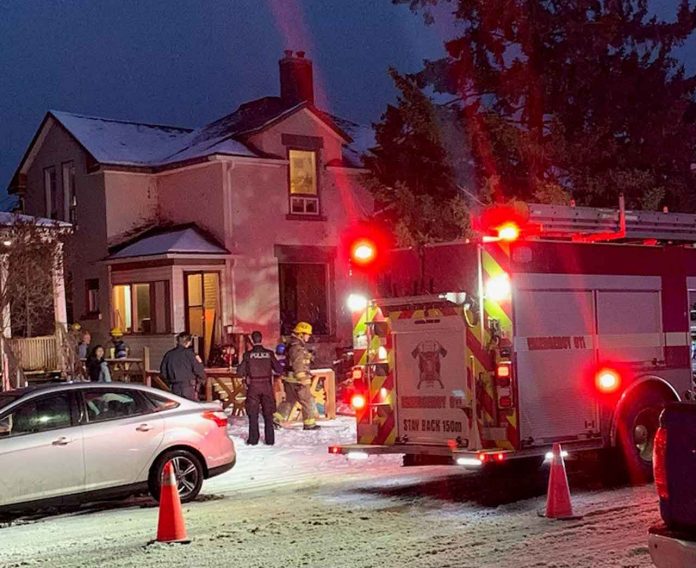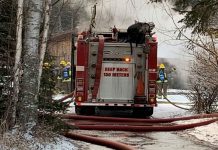THUNDER BAY – Living – Fire safety is an important issue that every homeowner should be aware of. Fires can occur suddenly and can be deadly, so it’s important to be prepared and take steps to prevent fires from happening in the first place.
Here are some tips for keeping your home safe from fire:
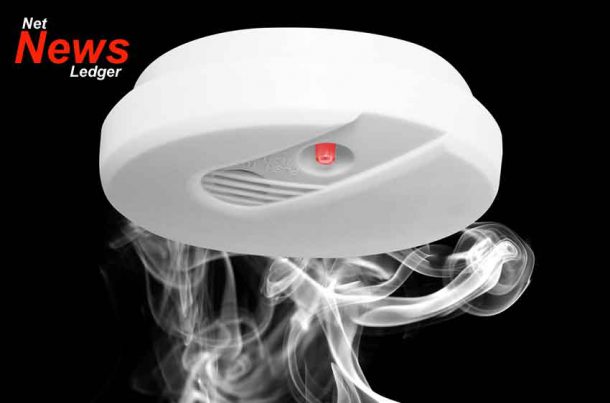
- Install smoke detectors: Smoke detectors are an essential part of any home’s fire safety system. They can alert you to a fire even if you’re not at home, and they’re relatively inexpensive to install. Make sure you have smoke detectors on every level of your home, especially near bedrooms and other areas where you sleep.
- Keep flammable materials away from heat sources: This includes things like curtains, newspapers, and paper towels. Keep these items at least three feet away from heat sources like stoves, heaters, and candles.
- Don’t leave cooking unattended: It’s easy to get distracted while cooking, but it’s important to stay in the kitchen and keep an eye on your food. If you have to leave the room, turn off the stove or oven.
- Do not leave candles unattended. It might seem like a candle won’t set off a fire, however in mere minutes a candle can cause a serious blaze.
- Smoking remains one of the leading causes of home fires. Smoking in bed can set off a slow smouldering fire.
- Don’t leave your smartphone or tablet plugged in on your mattress. Ensure you are using the right cords for your device, while some cheaper cords might seem like a better alternative they can easily overheat.
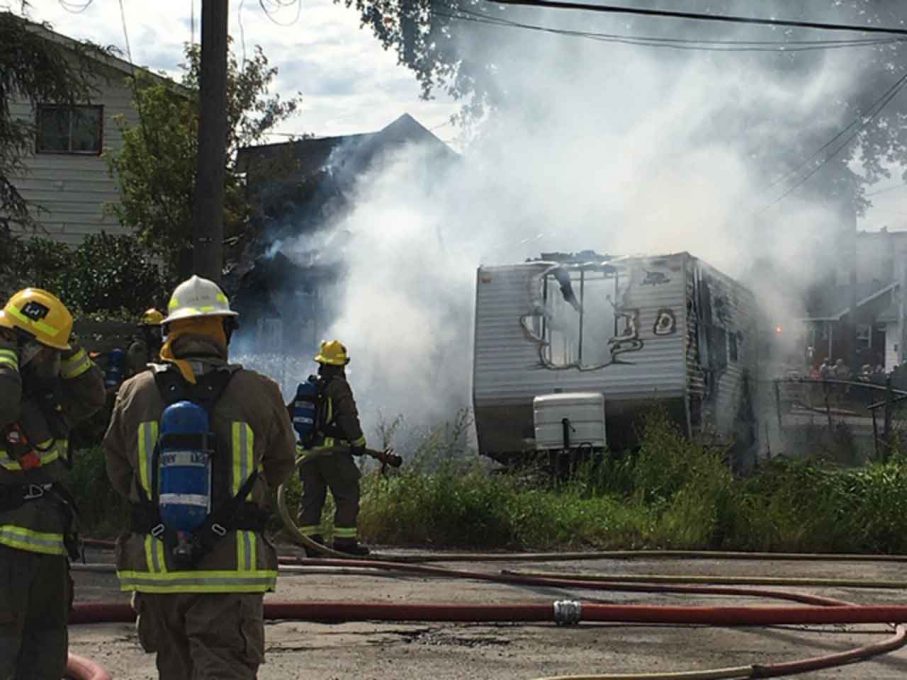
Do You Have a Safety Plan?
A fire safety plan is an essential part of your family’s emergency preparedness.
Fires can occur suddenly and can be deadly, so it’s important to have a plan in place to ensure the safety of your family.
Here are some steps to take to create a fire plan for your family:
- Designate a meeting place: Choose a specific location outside of your home where everyone can meet in case of a fire. This could be a neighbor’s house or a tree in the yard. Make sure everyone in your household knows the location and how to get there.
- Plan an escape route: Map out at least two ways to exit each room in your home. Make sure windows and doors are easily accessible and not blocked by furniture or other objects.
- Practice your plan: Regularly practice your fire plan with your family to make sure everyone knows what to do in case of a fire. This can be as simple as having a fire drill at home or discussing the plan during a family meeting.
- Install smoke detectors: Smoke detectors are an essential part of any fire safety plan. Make sure you have smoke detectors on every level of your home and test them regularly to ensure they’re working properly.
- Keep a fire extinguisher on hand: It’s always a good idea to have a fire extinguisher in your home, just in case. Keep it in an easily accessible location and make sure everyone in your household knows how to use it.
What if you have to evacuate?
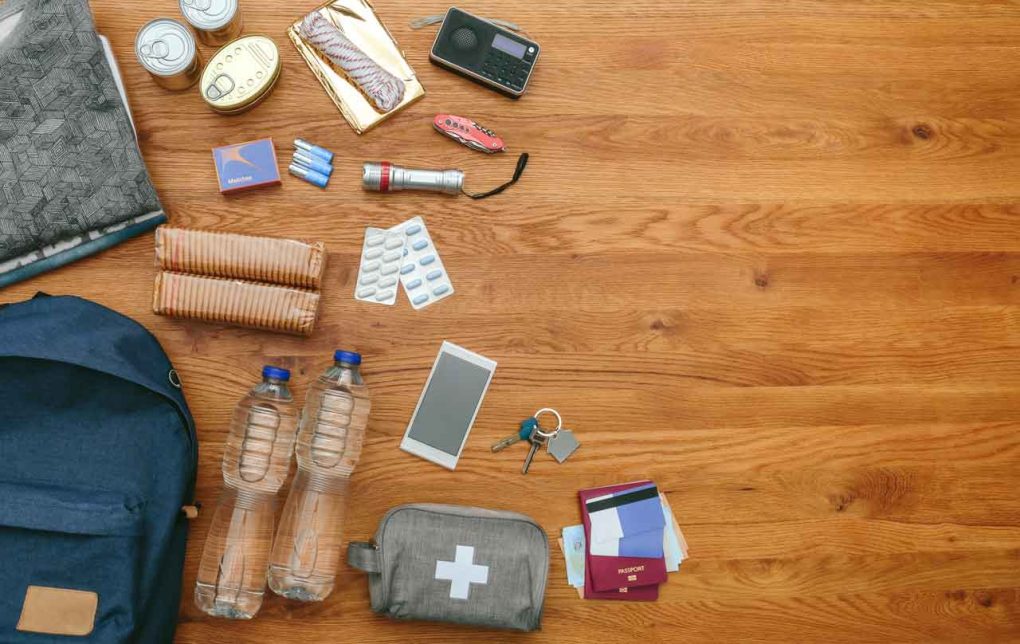
If you had to get out of your home in a hurry, what would you need to take? Fire, extended power outages, or natural disasters happen. Being ready helps.
A home evacuation bag, also known as a go bag or bug-out bag, is a portable kit that contains essential items you might need in case you have to evacuate your home due to an emergency.
Here’s what to include in your home evacuation bag:
- Personal documents: Keep copies of important documents, such as identification cards, insurance policies, and emergency contact information, in a waterproof and portable container.
- Emergency food and water: Pack non-perishable food and bottled water that will last for at least three days. Consider including protein bars, granola bars, and other high-energy snacks.
- First aid kit: Keep a basic first aid kit in your home evacuation bag, including items like adhesive bandages, gauze, and antiseptic wipes. Consider adding additional supplies based on your family’s needs, such as allergy medicine or a breathing inhaler.
- Flashlight and extra batteries: A flashlight is an essential item for any emergency situation, as it can help you navigate in the dark. Make sure to keep extra batteries on hand in case the flashlight runs out of power.
- Whistle: A whistle can be used to signal for help if you become lost or separated from your family.
- Clothing and personal items: Pack a change of clothes and personal items, such as toothbrushes and deodorant, for each member of your family.
- Cash: Keep some cash in small denominations in case you need to make purchases or pay for services.
- If you have infants, diapers and wipes as well as formula and snacks is a good idea.
By creating and regularly practicing your home safety plan, you can greatly increase the chances of your family staying safer in case of a fire. Don’t wait until it’s too late – start preparing your fire plan today.

